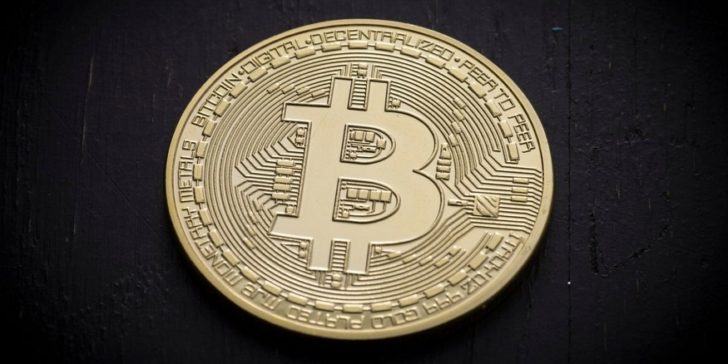
Crypto currencies have gained a lot of attention and investment since 2015, bitcoin being on the top of the list. Bitcoins are not only useful for sending and receiving money but they could be a profitable investment and everyone wants a piece of share from this type of investment.
Some people just buy bitcoin while others create or mine bitcoins. How bitcoins are mined? They are generated by solving a complex mathematical puzzle. Extensive power and effort is required to mine a bitcoin. But it usually takes 10 minutes to mine one bitcoin.
Rewards for Miners
People are getting into the mining business due to fascination of bitcoin profitability but the rewards of miners are reduced over time. According to bitcoin SOPs the reward of miners will be reduced to half after every four years. Initially it was 50 bitcoins but after two intervals of halving it stands at 6.25.
Currently bitcoin is valued at more than 2000 dollars so putting individual effort in mining won’t bring huge incentive. But there lies a fault line that you should be aware of. Not all the miners are rewarded at the same time. Currently if you are a miner, you will get a block reward in a form of 6.25 bitcoin or you would probably receive nothing. Why?
Because approximately millions of mining machines are working to provide a secure network of bitcoin. There are a lot of miners just like you who are working constantly to earn rewards. But the mechanism of bitcoin is designed in such a way that at one time only one machine can get a reward. So among millions your chance of getting it is like a one drop in an ocean. But do not dishearten yourself because it could be you, one in a million.
Bitcoin Mining in a Day:
Mining takes a lot of power (consistent with one study it consumes power of nearly 1 percent of world’s total power consumption) thus increasing the cost. Therefore, people use ASICs for mining which takes less power than mining machines to reduce the cost.
On ASIC machines it usually takes 10 minutes to mine one block. As it takes 10 minutes to solve a puzzle that means almost 144 blocks are generated per day. And after halving as we mentioned above you can get 6.25 bitcoins per block.
So, if you multiply the number of blocks generated per day to rewards per block you would get the number of bitcoins produced in one day i.e. 144 X 6.25 equals 900.
But new man and machine power is being added consciously to a pool of bitcoin networks. The hash power (bitcoin puzzles are complex sums and these sums in technical terms known as hash) is increasing day by day. As a result, sometimes the time required for generation is reduced to 9.5 minutes. So we can say that the bitcoin production could increase from the number 900 per day.
If we go for individual counts of bitcoins per day, it is a lot less. For an individual, one person cannot get bitcoin in one day unless you have a huge number of ASIC machines and a lot of miners. According to one study, if you have five to ten ASIC mining machines you can get 0.01 of bitcoin in a day, so it would take 100 days to mine a full bitcoin.
Therefore, we could say that mining of bitcoin takes a lot of factors to produce one bitcoin. Most large scale productions are having thousands of miners mostly benefit quickly than individual miners.
Currently there are 18,573,118.75 bitcoins in existence via mining of 661,699 blocks and more are being added daily.
Mining of bitcoins is not a continuous process that will never end. According to studies the number of bitcoins that will ever exist is estimated to be 21 million, 2,426,856.3 bitcoins still need to be mined. The last bitcoin to be mined in 2140 after the fifth halving of bitcoins so there is still a long way to go.
But to maintain a network after all the mining has been done, experts suggest that miners will continue to do the task to participate in validation of transactions. And then may be transaction fees will be attached to pay the miners.
